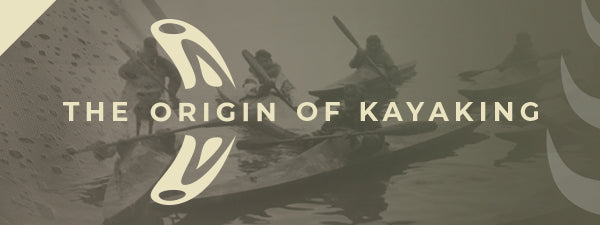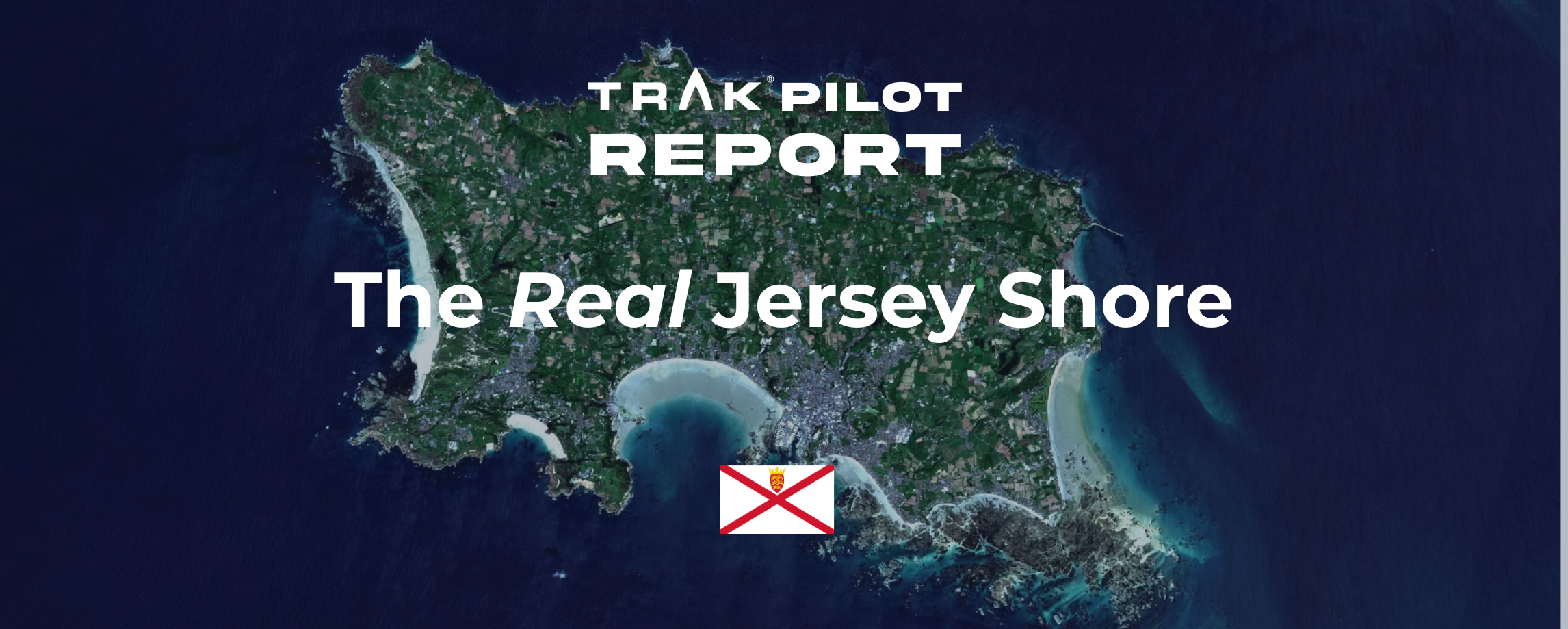Do you know the ORIGIN of the kayak? We've discovered that its history is as brave, resilient, and raw as the people who created it. We are honored to share this history with you, and we believe that in order to evolve, you must venture back to your roots to identify where you came from.
We've taken it upon ourselves at TRAK to research the origin and history of the sea kayak, and how these early skin-on-frame vessels have evolved into the modern 'yaks that we paddle today. We're talking about time-traveling back to the birth of the kayak, and appreciating why it was created and what it was used for. Do you think the experience of being on the water is the same today as it was for the ancient designers of the first kayaks? Let us know in the comments below.

Raw Innovation
Origins of kayaking: a skin-on-frame kayak. We assume that the kayak is at least 4,000 years old, and it’s possible that kayaks could date to 8,000 years old. The earliest kayak artifacts still around today are dated from the 1500s. The first skin on frame vessels were fairly primitive bowl-shaped coracles, first fashioned in Northern Siberia, which pre-date the first settlers crossing the Bering Strait.
These coracles evolved with time into the Umiak, which are large open boats with room for several paddlers and lots of cargo. The purpose of these Umiaks differ from that of the sea kayak, for they were used most usually for transportation, and were not the sleek hunting craft which we now paddle today for recreation.
As the settlers crossed from Siberia to North America they brought these proto-sea kayaks with them, and continued to construct them in the time-tested way of stitching animal skins together, often from seals, and stretching this membrane over a frame made from scavenged wood and whalebone skeletons.
It was with ancient ingenuity that the proto-sea kayak began a process of adapting to the new seascape in Arctic North America. The kayak became an enclosed craft, piloted by a single hunter, that is distinguished by its narrow beam and great length. The length of the kayaks was typically based on three times the span of your outstretched arms. These early kayaking pioneers also used whale fat to waterproof their boats and, to improve buoyancy, they'd fill seal bladders with air and tuck them into the fore and aft sections of their boats.
This new seascape of a frozen and dizzying archipelago punctuated with deep and winding coastal fjords tested the resilience of the Inuit and the mettle of their new craft. Thus, the sea kayak was born to become the dominant hunting vessel of the ancient North. The sleek and stealthy design of the kayak was its strongest feature in hunting, as it allowed the hunter to silently get in range of large (and sometimes aloof) sea-mammals, which were then dispatched with harpoons.
We hold this evolution to be self-evident, as there is a clear progression in boat design as the Inuit made their way East into the far shores of Greenland, with various regional specializations appearing along that journey.
“We are humbled by all those who feel this primal connection to the origin of the kayak, and are finding strength in digging down to their own roots for resilience and true vitality.” — Nolin Veillard, Founder and Managing Director, TRAK

Evolution
As the years progressed, so did the development of region-specific boat designs and paddling techniques. These people began learning the ways of the water, adapting to and becoming one with the ocean, and discovering how to harness its force. The artform of Greenland paddling is a direct cultural link to this ancient past, exemplifying the elegance and seaworthiness of this elementally simple craft.
We do not have many existent samples of these ancient craft, so any precise dating of these innovations is lost to the spirals of time. The oral-nature of Inuit historiography also precludes a precise recounting of this development within the context of our modern calendars. That said - we can see that, once developed, that the design has been largely consistent over at least the last 500 years.
With such a successful boat design, it is no wonder that modern companies - inspired by the courage and ingenuity of the ancient boat builders - have worked to bring this resilient design into the modern-era through the use of composite materials, new construction techniques, and the power of scale to make a once esoteric culture accessible to anyone who wishes to answer the call of the sea.

The TRAK 2.0 Kayak is the Modern, Durable and Portable Version of an Original Skin-on-Frame Kayak
It is our pride and privilege to help carry the torch of kayak design into our modern world. We have worked very hard over the last 14 years to create a boat that exceeds every expectation that you could have for a skin-on-frame kayak, short of creating your own handmade boat. It is with great respect that we pay homage to this ancient history.
Careful selection of materials, expert and high-skilled construction, and a commitment to our community are what allow us to realize our dreams of making our own little mark in history of paddling. Our own kayak has undergone constant improvement and evolution since the first handmade prototype was produced in the 1990s. It is has been an iterative process of envisioning the Ultimate, and finding ways to make it a reality.























Share: